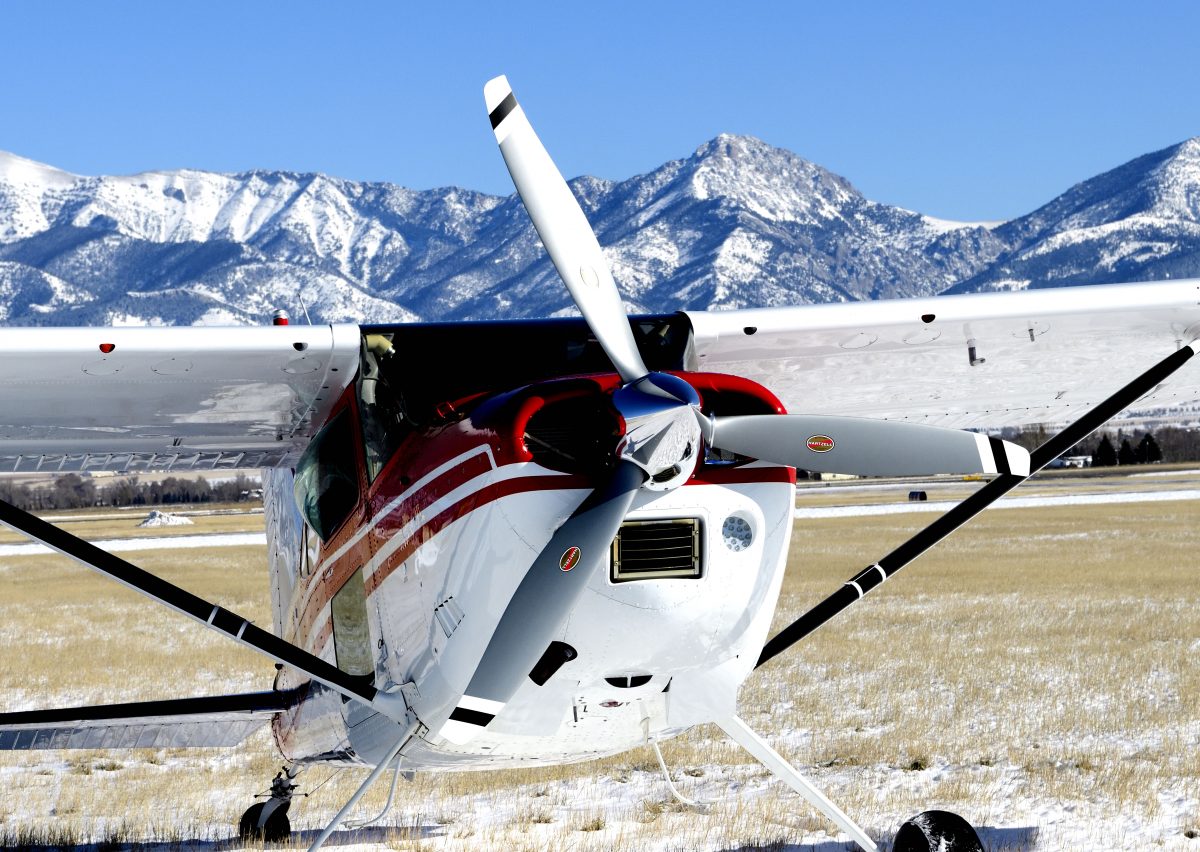
Winter flying can be rewarding and fun, but it’s not for everyone. With the challenges of snow, wind, ice, and freezing temperatures, many general aviation pilots in northern latitudes prefer to stay grounded for the winter months and resume flying in the spring.
If cold weather flying isn’t your cup of tea, make the most of your downtime by catching up on airplane repair and maintenance tasks. Now is a great time to pay extra attention to any overlooked components, such as your propeller.
Here are a few propeller maintenance to-dos you can tackle this winter:
Before storing your airplane for the winter, take a look at your prop logbooks. Are you close to reaching the manufacturer’s published Time Before Overhaul (TBO) limits, either in flight hours or calendar time? If so, consider overhauling your prop during the winter when you’re not planning on flying.
For example, say your prop has less than 50 flight hours left until it’s due for overhaul. Instead of waiting, it might make sense to send your prop to the shop now and prevent downtime in the busy spring flying season. Likewise, if your engine is due for overhaul before your propeller, consider doing both at the same time to improve the overall performance and efficiency of your aircraft. By the time springtime rolls around, your airplane will be ready for many hours of safe, enjoyable flying!
If you have a Hartzell prop, refer to the most recent revision of Hartzell Service Letter HC-SL-61-61Y for TBO details on your specific propeller model. Be sure to view our network of Hartzell Recommended Service Facilities to find a qualified prop shop near you.
Even if your prop isn’t due for servicing quite yet, it’s important to inspect it regularly for signs of damage. First, conduct a visual inspection, looking for obvious signs of trouble like corrosion, which looks like gray or white powder on aluminum surfaces and rust-colored deposits or stains on steel. Then, gently run your hands over the surface of the blades to check for nicks, cracks, gouges, and loose material. If you have a composite propeller, you can use the “tap test” to detect hidden damage with a metal coin.
If you notice any signs of damage, internal corrosion, or imbalances in your propeller during these inspections, don’t wait to have your concerns addressed by a reputable propeller repair station right away. Left unchecked, even seemingly minor issues can turn into more expensive and possibly dangerous problems over time.
Besides necessary overhaul or replacement due to damage, there are many other reasons to change airplane propellers. Maybe you’re planning on trying a different type of flying, like long cross-country flights or trips to the backcountry. Or, maybe you simply want to make your airplane quieter and smoother for passengers.
Hartzell Propeller’s Top Prop conversion program provides a way for pilots to improve the performance of their aircraft in one or more areas, including:
Whatever your reason for a propeller upgrade, winter is a good time to put your plans into action. Many of our Top Prop customers report that it feels like flying an entirely new airplane after a propeller conversion!
If you have questions for the Hartzell Propeller technical team, please contact us. We’re always happy to answer your questions and help you find the right propeller for your aircraft.